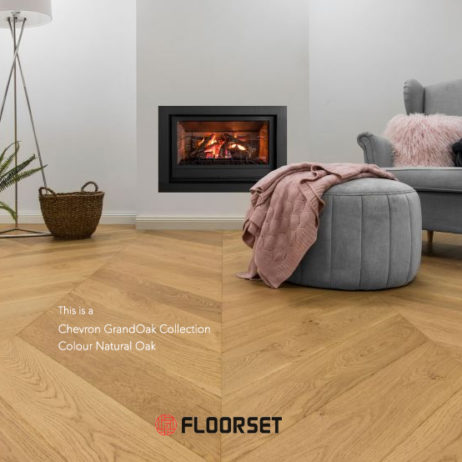
When it comes to elaborate flooring, parquetry flooring shine like a star. It’s not only versatile and eye-catching but gives the space charm and warmth that no other flooring option can come close to. In this post, you’ll learn everything you need to know about parquetry flooring.
Parquetry origin goes back to 17th century France. In French, the term means “A small compartment”. In medieval French artisans would have to cut out wood into small pieces of a certain shape and fit them together to create a gorgeous flooring called “Parquetry”. However, this job was exhausting and required a lot of patience and skill. Therefore, parquetry was the advantage of wealthy people in society and public buildings.
Later in the 20th century with the emergence of the industrial method of woodcutting and treating the trend changed. This made parquetry accessible for many peoples regardless of how wealthy they are. Now more people can afford to buy and install parquetry flooring and because of an unrivalled flexibility parquetry is gaining in popularity day by day.
Parquetry is a type of wood flooring made by arranging small pieces of wood to create regular and geometric patterns. While traditional floorings were usually cut by hand and installed one piece at a time most modern parquets are manufactured by automatic machines. They usually come in the form of tiles and are installed by bonding to the subflooring material.
If you wish, you’ll find in the market parquetry tiles made from almost every wood species but the most common species are oak, walnut, maple, cherry, even Mahogany and other exotic timbers used for creating more expensive floorings.
Sometimes designated as mosaic-flooring, Parquetry flooring is one of the most popular flooring options used in residential and commercial spaces. Some of the main pros and cons of the parquetry flooring are listed below:
Pros
Cons